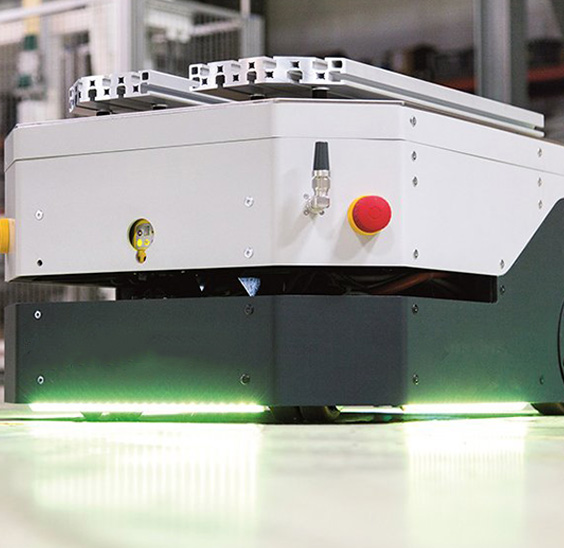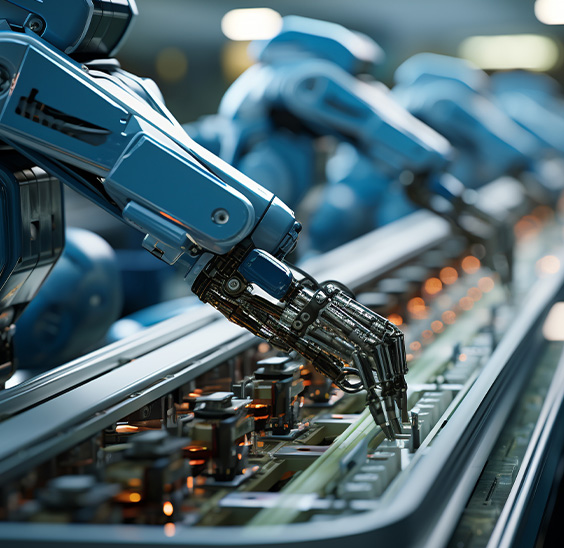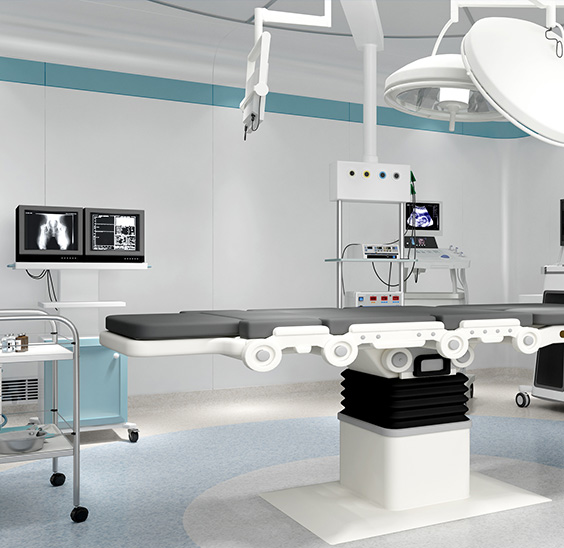Gear Motor: The Power Source of Industrial Automation
In today's highly automated industrial environment, Gear Motor (gear motor) as a key power transmission device is playing an irreplaceable role. With its unique structural design and superior performance characteristics, it plays a vital role in various mechanical systems.
Gear Motor is an integrated device consisting of two parts: a motor and a gearbox. The motor provides power input, while the gearbox achieves deceleration and torque increase through multi-stage gear meshing. This working principle is based on the change of gear ratio: the high-speed, low-torque power output by the motor is decelerated by the gearbox and converted into low-speed, high-torque output. For example, a motor with an input speed of 1500 RPM will have an output speed of 150 RPM after a 10:1 reduction ratio, and the torque will increase by about 10 times. This feature makes Gear Motor indispensable in scenarios where precise control of speed and force is required.
There are many types of Gear Motors, and common gear types include planetary gears, helical gears, and worm gears. Each type of Gear Motor has its own unique characteristics and applicable scenarios.
Planetary gear motor: Due to its compact structure and strong load-bearing capacity, it is often used in high-precision scenarios. Planetary gear motors rotate around the sun gear through multiple planetary gears to achieve efficient transmission and deceleration.
Helical gear motor: The design of the helical gear makes the transmission smoother and the noise lower, which is suitable for occasions with high noise requirements.
Worm gear motor: The worm gearbox is suitable for vertical transmission systems that require self-locking function. The special spiral structure of the worm enables the motor to self-lock when the power supply is stopped to prevent the load from sliding down.
The wide application of Gear Motor is due to its superior performance characteristics. In the field of industrial automation, it is widely used in occasions such as robot arm joint drive and material conveying systems that need to withstand frequent start-stop and high loads. In agricultural equipment, such as harvesters, seeders, tractors, etc., Gear Motor provides the required speed and torque through a combination of gears to achieve efficient operation of the equipment. Gear Motor also plays an important role in many fields such as transportation, construction, and energy.
When purchasing Gear Motor, you need to consider multiple factors, including load size, required speed and torque, working environment, etc. At the same time, different brands of Gear Motor may have differences in quality, performance and stability, so it is crucial to choose well-known brands and products with a good reputation.
In terms of maintenance, regular inspection and maintenance of the Gear Motor is the key to ensure its long-term stable operation. This includes checking whether the gearbox has sufficient lubricating oil, whether the gears are worn, and whether the motor is overheated. Timely detection and treatment of potential problems can effectively extend the service life of the Gear Motor and reduce the probability of failure.


 EN
EN  English
English 中文简体
中文简体 русский
русский Español
Español


















